Jewish History: World War II
Lillian Kasindorf Kavey
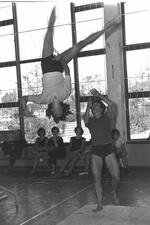
Agnes Keleti
In 1944, when the Germans invaded Hungary, gymnast Agnes Keleti bought fake identification papers and carried the bodies of the dead to mass graves during the battle of Budapest. After the war, she returned to gymnastics; her career highlight was the 1956 Olympics, where 35-year-old Keleti won many medals, including four gold for uneven parallel bars, balance beam, floor exercise and combined exercise-team.
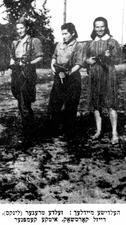
Vitka Kempner-Kovner
Vita Kempner-Kovner was a heroic fighter on the front lines of the underground resistance to the Nazis.
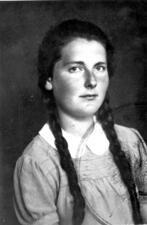
Bronia Klibanski
Bronia (Bronka) Klibanski was one of the heroic Kashariyot (couriers) of the Jewish resistance during the Holocaust. She became the primary kasharit for the Dror Zionist group in 1943, obtaining critical weapons for the Bialystok ghetto revolt, gathering intelligence, rescuing other Jews, and saving the secret archive of the ghetto.
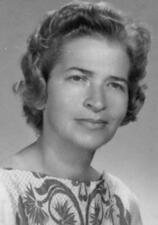
Reizia Cohen Klingberg
Reizia Cohen Klingberg began her career as a teacher, but when she began hearing reports of deportations and disappearances, she returned to occupied Krakow in 1942 and joined the ghetto’s underground movement. The group stole and smuggled weapons and attacked German officers. Despite being betrayed, arrested, and deported, Klingberg survived to be liberated by American soldiers at Auschwitz and subsequently moved to Palestine.
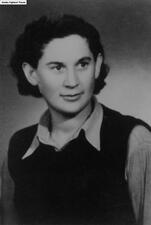
Chajka Klinger
Chajka Klinger, a member of Ha-Shomer ha-Za’ir, was active in the resistance against the Nazis in Bedzin and Warsaw. Her mission was to live, so that she could keep the flame and memory of resistance alive. Her diaries were the first written evidence about the Warsaw Ghetto uprising to escape Nazi Europe.
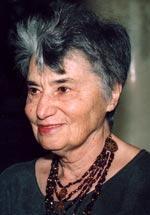
Ruth Klüger
A Holocaust survivor from Vienna (1931-2020), Ruth Klüger emigrated to the United States in 1947 and pursued a career in academia. Her German-language autobiography weiter leben: Eine Jugend (1992) revealed her personal experience of the Holocaust to the public, establishing her as one of the leading public intellectuals on the Holocaust in Austria and Germany.
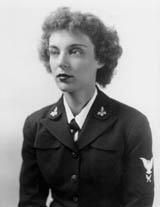
Bebe Koch

Lia Koenig
Lia Koenig is known as the First Lady of Israeli Yiddish Theater for her complex roles in world drama. After immigrating to Israel from Poland in 1961 with her husband Zevi Stolper, she began her legendary career at the Habimah theater. Koenig was awarded the Israel Prize, the Israel Theater Prize, and the EMET Prize.
Irene Caroline Diner Koenigsberger
A distinguished chemist credited with discovering the molecular structure of rubber, Irene Caroline Koenigsberger refused to patent her work, making her discovery available to all. She was also an important figure in the Washington, D.C. Jewish community, cofounding Temple Sinai and the B’nai B’rith Hillel at George Washington University.
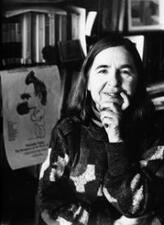
Sarah Kofman
Sarah Kofman was a French Jewish philosopher and professor who published many books on Freud, Nietzsche, Rousseau, and more.
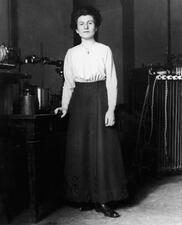
Hedwig Kohn
Born in Breslau, Hedwig Kohn was one of the early woman pioneers in physics. After a narrow escape from Nazi Germany, she went on to teach at Wellesley College and pursue independent research at Duke University in the field of flame spectroscopy, measuring absorption features of atomic species in flames.
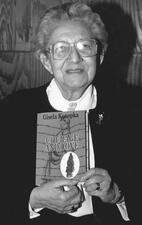
Gisela Peiper Konopka
Berlin-born Gisela Konopka built an international reputation as a group social worker and expert on youth issues. Lauded for her involvement in the rebuilding of social services and education in post-war Germany and beloved by her students at the University of Minnesota, Konopka received more than 42 awards in her lifetime.

Rozka Korczak-Marla
Rozka Korczak-Marla was active in underground resistance during World War II, serving in the United Partisan Organization to smuggle weapons into the Vilna Ghetto and help Jews escape. After the war she immigrated to Palestine and settled into kibbutz life.
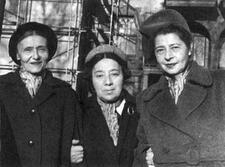
Rokhl Häring Korn
Rokhl Häring Korn is a major figure in modern Yiddish literature. She published eight volumes of poetry and two collections of fiction, much of which focused on themes of homelessness, the upheaval of war, and her experience during the Holocaust.
Mariana Kroutoiarskaia
Mariana Kroutoiarskaia was a talented Russian composer and music producer who dedicated her entire life to music, film, and television. Kroutoiarskaia worked as a music editor for Russian television, a lecturer, and a composer for many films. She also supervised the arrangement and publication of music for children by various composers.
Matilda Steinam Kubie
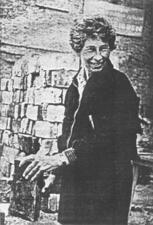
Ursula Kuczynski (Ruth Werner)
Operating under at least five different names in the course of her career, Ruth Werner (a pen name) was a singularly accomplished spy, whose espionage activities spanned some fifteen years, from 1931 to 1946. Twice awarded the order of the Red Banner, the highest Soviet military decoration, Werner also held the rank of colonel in the Red Army.
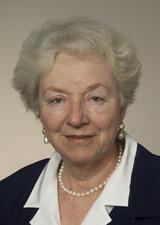
Madeleine May Kunin
Lawyers in Germany and Austria
German and Austrian women were first allowed to enter careers in law in the mid-1920s, following rules permitting their admittance to universities at the turn of the century. Although women were a small proportion of all lawyers, judges, and prosecutors in Germany and Austria, Jewish women were a significant group among those women, and they often faced both religious and gender-based discrimination.
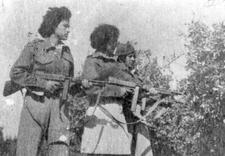
Lehi (Lohamei Herut Yisrael)
Lohamei Herut Yisrael (Lehi) was an underground Zionist extremist organization active between 1940 and 1949, during which it forcefully opposed the British Mandatory government and Palestinian Arab opponents to a Jewish state. Women participated in most areas of Lehi’s activity, from carrying out military actions to propaganda production.
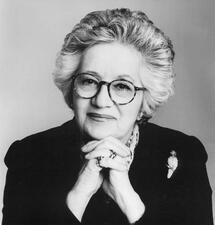
Judith Leiber
Judith Leiber carved a unique place for herself in the world of fashion as the designer of some of the most inventive and sought-after handbags in the world. After fleeing the Nazi occupation of Hungary, Leiber worked for various handbag manufacturers in America before starting her own company in 1963.
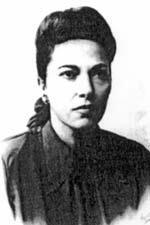
Blume Lempel
Blume Lempel used stream-of-consciousness, flashback, and free association in her writing to create unique stories with themes rarely seen in Yiddish literature: eroticism, incest, and rape. She only wrote in Yiddish, and much of her work remained untranslated until very recently.
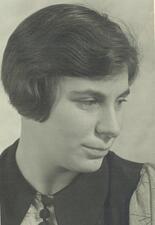
Hilde Levi
Hilde Levi was an exceptional physicist who worked first in Germany and later in Denmark, where she became a prominent researcher. She belonged to the second generation of women scientists in Germany, who were able to participate on a relatively equal basis in scientific institutions and in academia.
Paola Levi-Montalcini
Paola Levi-Montalcini was an influential twentieth-century Italian painter who aimed for a synthetical expressiveness and played a key role in the development of the Movimento Arte Concreta in the 1950s. She debuted as a painter in 1931 at the first Quadriennal of National Art of Rome and continued to exhibit throughout Italy. The Rome Institute of Enciclopedia Italiana devoted an important retrospective exhibition to Levi-Montalcini after her death.


